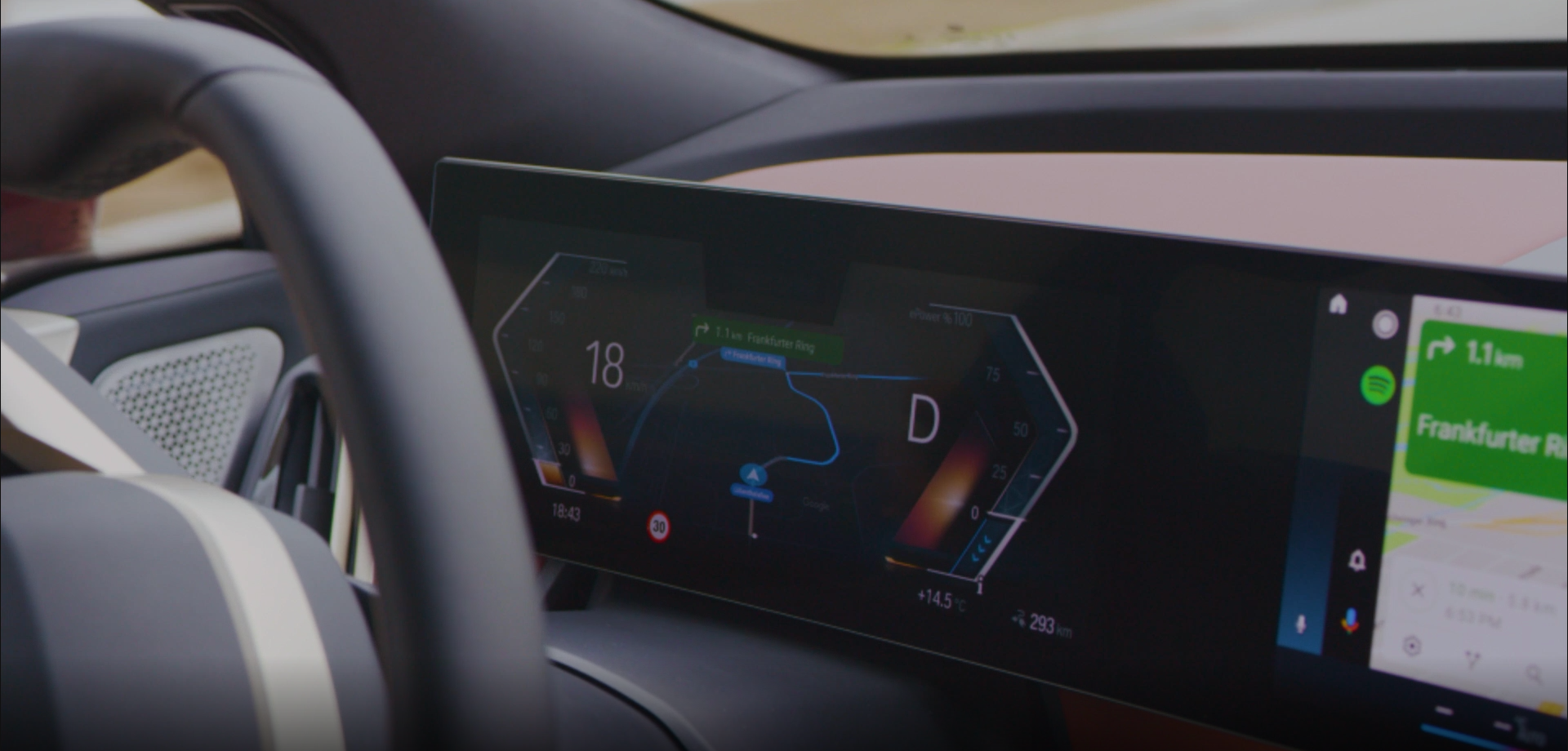Read update
- Videos and more details
Google is trying to take over in-car software with initiatives like Android Auto and Android Automotive OS, and that effort seems to be well received among customers and car manufacturers. The company today announced that there are now over 100 million cars compatible with Android Auto on the road. And Android Automotive, Google's dedicated software kit for in-car infotainment, is also coming to ten more vehicles launching this year.
Before we dive in, let's draw a distinction between Android Auto and Android Automotive. The former is Google's solution for hooking up your phone with your car, with some of your apps and notifications mirrored to your vehicle's dashboard in a driving-friendly interface. Android Automotive, on the other hand, is an open-source operating system for car manufacturers who want to build their full infotainment system on top of Android, complete with their own custom UIs and access to some car-specific Android apps. Much like on Android phones, you can download apps on it using the Play Store and sign in with your Google account.
On the Automotive front, GM resurrected the Hummer brand in the form of an all-electric offroad pickup truck last year, and the colleagues over at Engadget were already able to confirm that the truck would run on the OS. Now Google and GM have made as much official during Google I/O, complete with a quick rundown of the customized interface.
But the $80,000 pickup truck is not the only car that will see Android Automotive in the near future. Other than existing vehicles from Polestar (which we went hands-on with here) and Volvo, like the XC40 and the XC60, you'll be able to get your hands on the OS in "more than 10 car models" from Volvo, General Motors, and Renault, coming to the US before the end of 2021.
Many other manufacturers don't want to replace their homegrown infotainment software with Google's solution (yet), but that's where Android Auto still comes in. Google announced that its latest Android Auto partner is Porsche, with the manufacturer shipping compatible cars this summer with the 2022 Porsche 911.
Meanwhile, BMW is open to giving Android Auto more space in its latest EV, the BMW iX. The car's dashboard consists of a single, stretched out touchscreen, with the Android Auto interface in its regular spot to the right of the steering wheel. But if you use Google Maps to navigate, you'll notice that part of the interface is also projected to the digital instrument cluster behind the steering wheel, tightly integrated with the rest of BMW's software aesthetics. BMW says that you can even change the dashboard to your liking and the map will adapt accordingly.
During the keynote, Google promised that Maps is only the first app to make the jump. It wants to add even more functionality to the digital instrument cluster from other apps. Let's hope that the company is also working on bringing this integration to other cars.
Google has also announced that it's making it easier for developers to create apps for both Android Auto and Automotive with a new, unified development library. Read more about this here.
UPDATE: 2021/05/19 1:49am PDT BY MANUEL VONAU
Videos and more details
Updated with videos and more details on the Android Auto integration with the instrument cluster.

